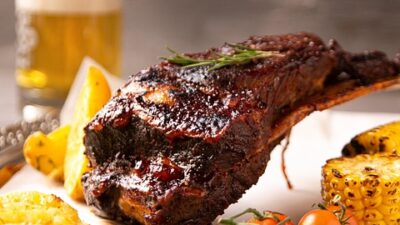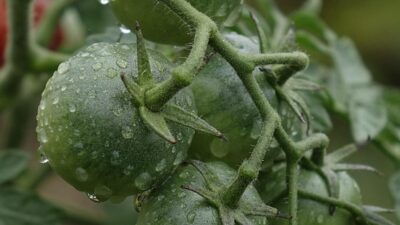In a world where social media is flooded with tantalizing images of culinary delights, food photography has emerged not just as an art form but as an essential skill for chefs, bloggers, and food enthusiasts alike. Capturing the essence of a dish and making it visually appealing can open doors to new opportunities, engage audiences, and even inspire culinary creativity. If you’re ready to elevate your food photography game, here’s a comprehensive guide to mastering the essentials.
Understanding the Basics
1. Lighting is Key
Natural light is a food photographer’s best friend. It softens shadows, enhances colors, and creates a sense of warmth. Aim to shoot near a window during the golden hour—early morning or late afternoon—for soft, diffused light. If natural light isn’t available, consider using artificial lighting with a color temperature that mimics daylight, coupled with diffusion techniques to soften harsh shadows.
2. Composition Matters
The way you frame your shot can make all the difference. Follow the rule of thirds by using gridlines to position your subject. Experiment with different angles—overhead shots work well for flat lays, while a 45-degree angle can add depth. Incorporate negative space to highlight your dish, and don’t forget to include props such as utensils, napkins, or ingredients that tell a story about the food.
3. Choose the Right Background
Your background should complement, not distract from, your main subject. Consider using simple surfaces like wood, marble, or clean tablecloths that enhance the colors and textures of your food. Experimenting with contrasting colors and patterns can also add interest, but be careful not to overpower the dish.
Styling Your Food
4. Plating Techniques
Great photography begins with beautiful plating. Play with color, texture, and height. Layered ingredients, vibrant garnishes, and thoughtful arrangement can turn a simple dish into a visual feast. Remember, less is often more; don’t overcrowd the plate. The key is to create an inviting scene that makes the viewer want to reach for a fork.
5. Props and Accessories
Incorporating props can elevate your food photography. Think about textures that add interest, such as rustic breadboards or elegant glassware. But ensure that props support the story of the dish rather than steal the spotlight. Keep the focus on the food while adding elements that enhance the overall narrative.
6. Color Theory
Using color strategically can evoke emotion and draw attention. A vibrant dish can be showcased against a muted background for contrast, while complementary colors can create harmony. Remember that certain colors evoke specific feelings—greens for freshness, reds for warmth. Consider what you want to communicate through your palette.
Post-Processing Techniques
7. Editing Basics
Once you’ve taken your shots, the work isn’t over. Editing is crucial to making your images pop. Use software like Adobe Lightroom or Photoshop to adjust exposure, contrast, and saturation. Be cautious, though—over-editing can lead to unrealistic representations of your food. Aim for a polished look without losing authenticity.
8. Consistency is Key
If you’re building a brand, maintaining a consistent editing style can enhance your portfolio. Develop a signature look through specific color tones or contrast levels that reflect your personality or aesthetic. Consistency helps your audience recognize your work and connects them to your brand on a deeper level.
Bringing It All Together
Food photography is as much about storytelling as it is about technique. Each photo should evoke a sense of taste, smell, and emotion. Practice regularly, experiment with different styles, and don’t be afraid to learn from others. Use online resources, communities, and workshops to grow your skills and expand your creative horizons.
At the end of the day, the most important element in food photography is passion. Capture what inspires you, and let your enthusiasm shine through in your work. From plate to pixel, mastering the essentials of food photography can transform not just your images, but also the way you view food and its intricacies. So grab your camera, plate up, and let your journey into the delectable world of food photography begin!



